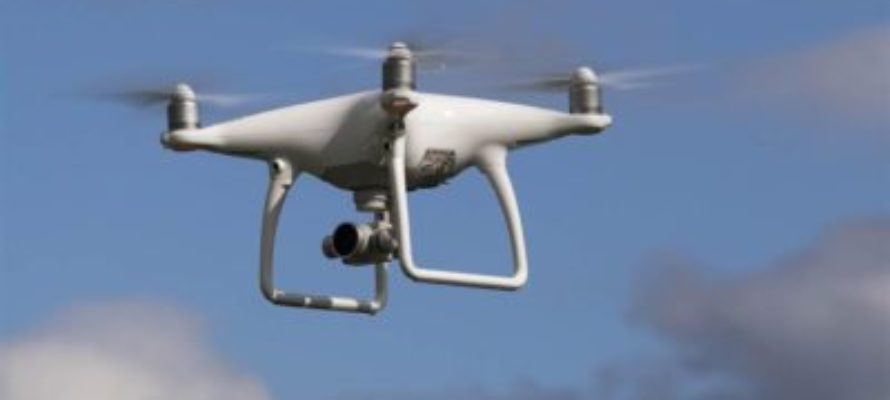

AOPA has assembled resources and guidance to make it easy for anyone to obtain a remote pilot certificate with a small unmanned aircraft systems (UAS) rating. The certificate is necessary to conduct operations with a small UAS under the new FAR Part 107, effective Aug. 29. Recreational and hobbyist operators will not be required to obtain a remote pilot certificate, as long as they comply with the special rule for model aircraft.
For those without a pilot certificate, some study will probably be necessary, and a date at an FAA authorized testing center is required, while pilots with a certificate already in hand (other than a student pilot certificate) and a current flight review can accomplish the tasks quickly.
AOPA has prepared a handy checklist to guide applicants through the process.
For those who hold a pilot certificate (of any grade, except student pilot, for any aircraft category), the process can begin right away. The Part 107 sUAS Course developed by the FAA Safety Team is available online. Successful completion generates a digital certificate and allows pilots to submit an application for the remote pilot certificate through the Integrated Airman Certification and Rating Application (IACRA) system.
Once the certificate application is submitted through IACRA (applying by paper is also an option, though it requires more time), the pilot will need to visit a CFI, designated pilot examiner (DPE), airman certification representative (ACR) for a flight school, or staff at the local FAA flight standards district office (FSDO). Candidates present photo identification, the online course completion certificate, documentation of a current flight review, their pilot certificate, IACRA application ID number, and the FAA tracking number (FTN) to complete the process. An ACR, FSDO, or DPE can issue a temporary certificate on the spot; pilots whose documents are validated by a CFI will receive instructions from the FAA by email to access a temporary certificate online.
For those without a pilot certificate (or for pilots who would prefer to pay the test fee and take the FAA knowledge test at an authorized testing center), the path to remote pilot certification is somewhat longer, and they will have to wait until the FAA knowledge test is available on or after Aug. 29.
Those applicants should be familiar with the remote pilot–small unmanned aircraft systemscertification standards, and be prepared to be tested on aeronautical knowledge applicable to unmanned aircraft operations including airspace classification and other subjects. An advisory circular details the regulatory requirements for Part 107 operations. The FAA has also published aknowledge test guide and sample test questions to help applicants with the process.
After passing the FAA knowledge test, applicants can submit an online application for a remote pilot certificate through IACRA. Upon successful completion of TSA security vetting, applicants will receive instructions by email to access a temporary certificate.
AOPA and the FAA are urging all applicants who do not yet have an IACRA account to register right away in order to expedite the certificate application process and prevent delays. The FAA is expected to make the remote pilot certificate application available Aug. 29.
Part 107 will make it unnecessary for many operators to petition for exemption to one or more federal aviation regulations in order to conduct small UAS flights. The current exemption process has proved to be cumbersome, with applicants waiting months for FAA approval. Part 107 will eliminate the need for special approval of many types of aerial photography and other commercial operations, along with educational uses.
Small UAS operators who have received a Section 333 exemption may operate under Part 107 if they obtain the necessary remote pilot certificate, or they may continue operating under the terms of their exemption.
Recreational and hobbyist operators will not be required to obtain a remote pilot certificate, as long as they comply with the special rule for model aircraft. More information on recreational use of model aircraft is available through the online Know Before You Fly safety campaign (an effort backed by many organizations including AOPA), and AOPA’s “Best Practices for Flying Your Drone Near an Airport” publication.
By: Jim Moore
Source: https://www.aopa.org/news-and-media/all-news/2016/august/17/remote-pilot-certification-imminent
